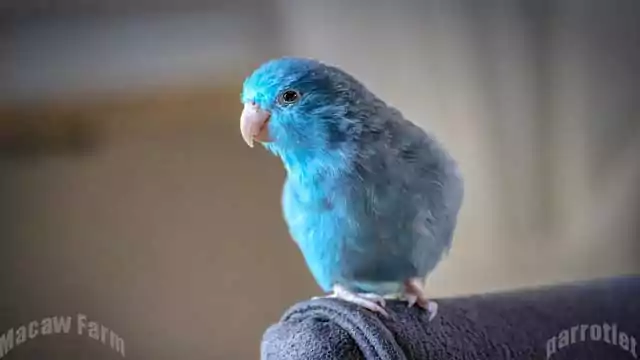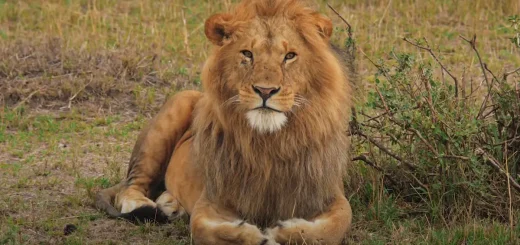Blue pacific Parrotlet bird – food,care,colors,lifespan,cage

Parrotlet
Contents:
Common names
Scientific name
Origin and history
Volume
Average lifespan
The mood
Pacific Paralate color and marking
Caring for Pacific parrotlet
Feeding the Pacific Paralate
Exercise
More pet bird species and more research
Colorful, charming, and cute, parrotlet has become an increasingly popular pet. Their small size and quiet nature make them an ideal choice for people who live in apartments or condos or who can’t live in a big bird.
Known as the “pocket pot” in the pet trade, this little bird is a small member of the parrot family. They are as intelligent as many large species. Some learn to speak well, though they are not particularly significant for this skill. When properly tamed, they are perfectly affectionate and absolutely adorable pets.
parrotlet names
parrotlet, Pocket Parts, Pacific Paralets, Celestial Paralets, Text Paralets
Origin and history
The Pacific Ocean can be found in Central America and South America. They are most common in Peru and Ecuador where they enjoy tropical forests.
It is common for these little birds to collect 100 or more horses, many of which look like clouds of smoke in the sky. The parrotlet will spend every day in the tree where they are hungry for fruits and seeds, or soil clippings that will supplement their diet and prevent health problems.
Parrotlets are “true” parrots and their closest relative is Amazon. In spite of the fact that the two species vary enormously in size, proprietors regularly report striking similitudes between them. This applies to their appearance as well as their mood.
parrotlet has not been born in captivity for a long time, so most of them are not born out of natural breeding species. While Pacific parrotlet is the most common species of domesticated animals, others are also popular. Among these are the Mexican parrotlet (Forpus cyanopigius cyanopigious), the dynamite parrotlet (Forpus copicillus concepcillatus), and the yellow-colored parrotlet (Forpus xanthous).
Parrotlet bird Volume
As the name implies, parrotlets are small parrots. When mature, they reach only 4 1/2 to 5 1/2 inches and weigh about one ounce.
Parrotlet lifespan
Despite their small size, parrotlets have an amazing lifespan. When taken care of, they can live 20 to 30 years in captivity.
The mood
All of the personality traits found in the big parrot are inside this tiny package. Although they are small, they have a large bird’s temperament and require as much attention. Tame, hand-wringing parrotlet who care for very caring and very loving companions, and thus are often compared to love birds.
Known as feisty, fairly wicked winged animals, parrotlet can turn out to be wild without appropriate taking care of. They often work well as pets when they are kept by themselves, they are prone to be aggressive towards other birds. You may be territorial when eating them during the cage, especially untamed birds.
It is important to remember that this tiny pot can be fearless at times. This can get them in trouble, especially in a home with dogs and cats, as the birds may not return from predators.
Parrotlet is similarly as astute as some other parrot. They are trained to do a few tricks and some individuals can learn to speak.
This small bird does not have a large parrot volume. Their voices are almost hilarious-soft and their vocabulary can reach 10 to 15 words, which is quite impressive for their size. Screeches and chirps are naturally as common as very vocal, but it’s nothing that a neighboring block won’t hear down.
Parrotlet color and marking
Pacific parrotlet is completely cute with their smaller than usual parrot highlights. Their short tails are fine and their curved beak and big head perfectly mimic their big cousins. They have zygodactyl feet, which means two toes point forward and two toes point backward.
This is a demographic species, the natural color being mostly green. Men can be distinguished from women by the bright blue splashes on their backs and the back of their eyes. Parrotlet also comes in many color mutations, such as lutino, blue, and albino.
Parrotlet care
Parrotlet can be smaller, though they are by low maintenance. They are naturally easier to clean than larger birds. However, they need socialization and need to be handled daily to keep their template.
As with all parrots, a boring crossing can be devastating. This includes harassing people, chewing things around your house, or sneaking feathers, which can be a serious health concern. Proper training, positive reinforcement, and daily attention are the best ways to tackle these issues.
That said, compared to other parrots, parrotlet are better than entertaining themselves. Just be sure to supply lots of stimulating toys in their cage. The minimum cage size for this bird is 18 inches square and the bar spacing should not be larger than 1/2 to 5/8-inches. The more room you can provide, the happier your bird will be.
It is also important to be careful when the bird is out of the cage. They are so small and subtle that accidents happen while they are on the floor or moving furniture. To prevent this, set your boundaries early. They can be taught to have a play stand, be strict about setting the bird each time you close it.
Their favorite activity plays in their nickname. These “pocket parrots” can often be seen peeling their head out of their owner’s shirt pocket for a quick beating on the head. This is the perfect carrying bag that puts your bird next to you, which is wherever it wants to be.
Parrotlet food
Pacific parrotlet is extremely high metabolites and must always be fed. They are known for their craving appetite and are growing on a diverse diet. It should contain new bird-safe fruits and vegetables, small seeds such as lightning, high-quality commercial pellets and nutritious protein sources such as eggs.
Exercise
Exceptionally dynamic, Paratlets need a lot of space to play, and many toys to play. They are genuinely little birds and will get into your thing if you do not provide them with their own toys!
If you want to buy parrotlet, make sure you set a bird-safe area for your pet to eat at least an hour or two a day. They have to get out of their cage, stretch their wings, and exercise their leg muscles to maintain their physical and mental health.
Introducing new things from toys to stairs to bird cages will keep him intrigued and occupied. Swings, leather, wood, knotted ropes, bells, and beads are among their favorites, though something shiny or brightly colored will capture their curiosity.
Even a random branch once a week can be a joy and helps to control the natural instincts of chewing and climbing birds. You can create challenging challenges that will test your bird’s food hunting skills as well.
This flying creature is the ideal size for an adorable birdie tent. They like to sleep in this or the swing, though once they mature they can become aggressive in the tent and get into their nesting nature. If you notice this behavior, the tent should be removed.(parrotlet)
More pet bird species and more research
Zebra Finches bird Species profile
Thanks For Visit.








